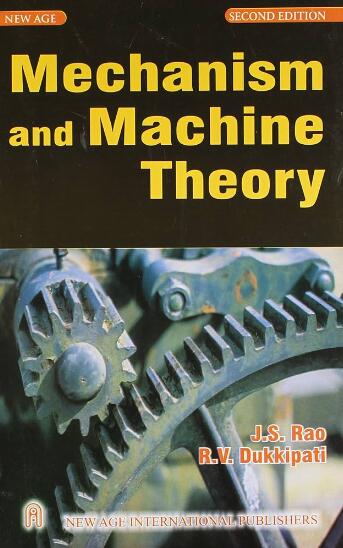Unit design and splicing scheme for a modular assembled mesh antenna
IF 4.5
1区 工程技术
Q1 ENGINEERING, MECHANICAL
引用次数: 0
Abstract
In-orbit assembly technology is a promising direction for large space structures, which combines numbers of small identical or similar units into one large assembly. This paper proposes a modular assembled mesh antenna constituted by several hexagonal platform units. The principle and configuration of using approximate hexagonal platform units to constitute a spherical truss is first investigated. Then, considering the units’ non-interference, assembly sequence and interchangeability, detailed unit mechanical design with docking interface and splicing scheme is addressed. The whole mesh antenna is a pre-stressed structure caused by the inner-unit cable mesh pretension and the outer-unit assembly stress. So, considering both the surface accuracy and the low-stress assembly requirement, an optimization strategy is put forward. Low docking force and assembly stress can be achieved by optimizing the cable mesh’s pretension and the docking points’ initial position. Finally, a case study is illustrated. Compared with the form-finding method without considering assembly, the antenna unit designed using the proposed optimization strategy exhibits smaller contact forces during assembly, and smaller RMS error after assembly, which still meets the design requirement.
一种组合式网状天线的单元设计与拼接方案
在轨装配技术是将多个相同或相似的小部件组合成一个大部件的大型空间结构的一个有前途的方向。提出了一种由多个六边形平台单元组成的模块化拼装网状天线。首先研究了用近似六边形平台单元构成球桁架的原理和结构。然后,考虑各部件的互不干扰性、装配顺序性和互换性,对各部件进行了详细的机械设计,包括对接接口和拼接方案。整个网状天线是由单元内部的索网预张力和单元外部的组件应力共同作用而形成的预应力结构。因此,考虑到表面精度和低应力装配要求,提出了一种优化策略。通过优化索网的预紧力和对接点的初始位置,可以实现较低的对接力和装配应力。最后,给出了一个案例分析。与不考虑装配的寻形方法相比,采用该优化策略设计的天线单元在装配过程中的接触力较小,装配后的均方根误差较小,仍然满足设计要求。
本文章由计算机程序翻译,如有差异,请以英文原文为准。
求助全文
约1分钟内获得全文
求助全文
来源期刊

Mechanism and Machine Theory
工程技术-工程:机械
CiteScore
9.90
自引率
23.10%
发文量
450
审稿时长
20 days
期刊介绍:
Mechanism and Machine Theory provides a medium of communication between engineers and scientists engaged in research and development within the fields of knowledge embraced by IFToMM, the International Federation for the Promotion of Mechanism and Machine Science, therefore affiliated with IFToMM as its official research journal.
The main topics are:
Design Theory and Methodology;
Haptics and Human-Machine-Interfaces;
Robotics, Mechatronics and Micro-Machines;
Mechanisms, Mechanical Transmissions and Machines;
Kinematics, Dynamics, and Control of Mechanical Systems;
Applications to Bioengineering and Molecular Chemistry
 求助内容:
求助内容: 应助结果提醒方式:
应助结果提醒方式:


